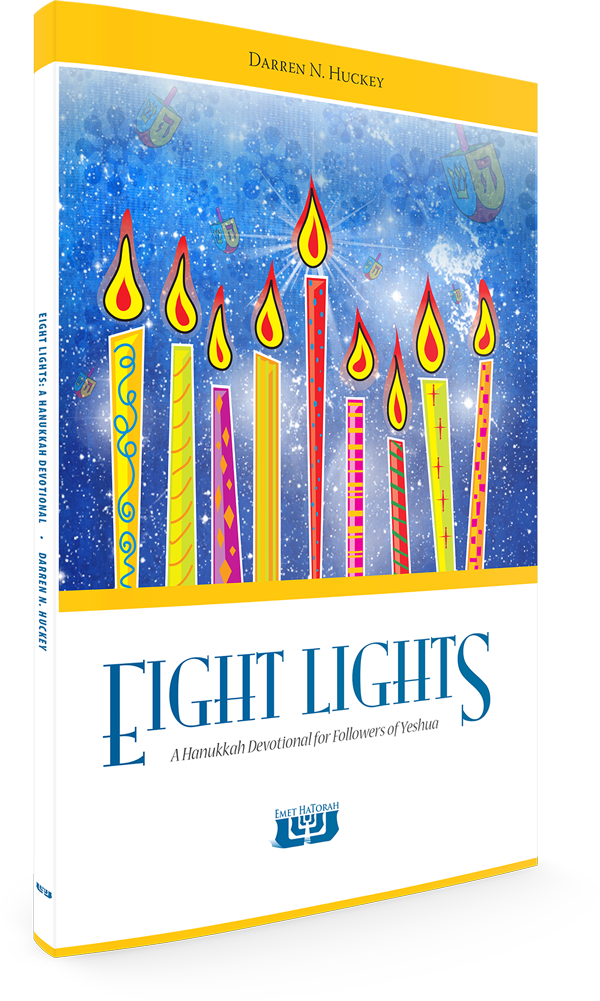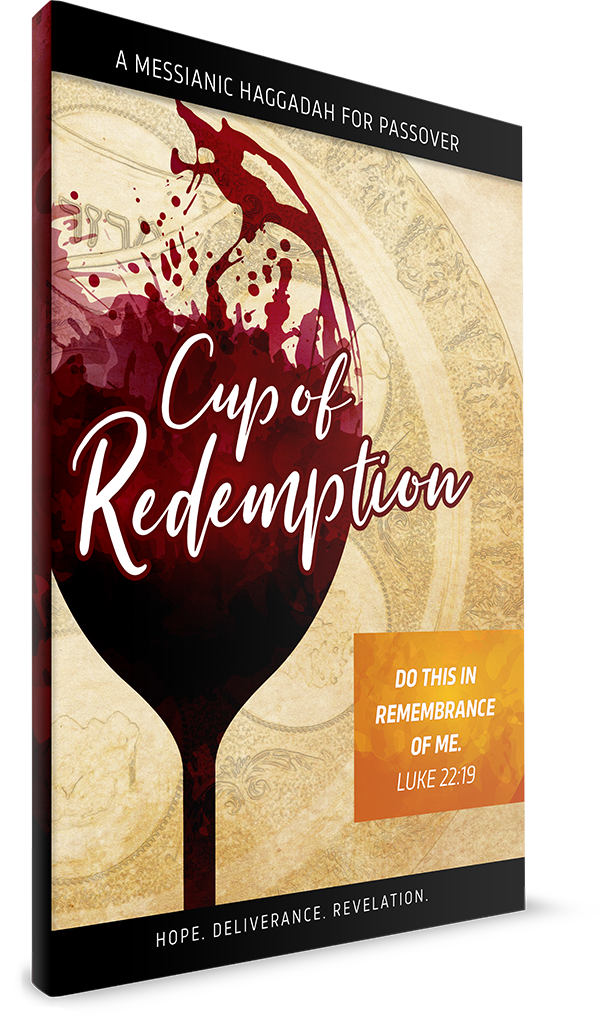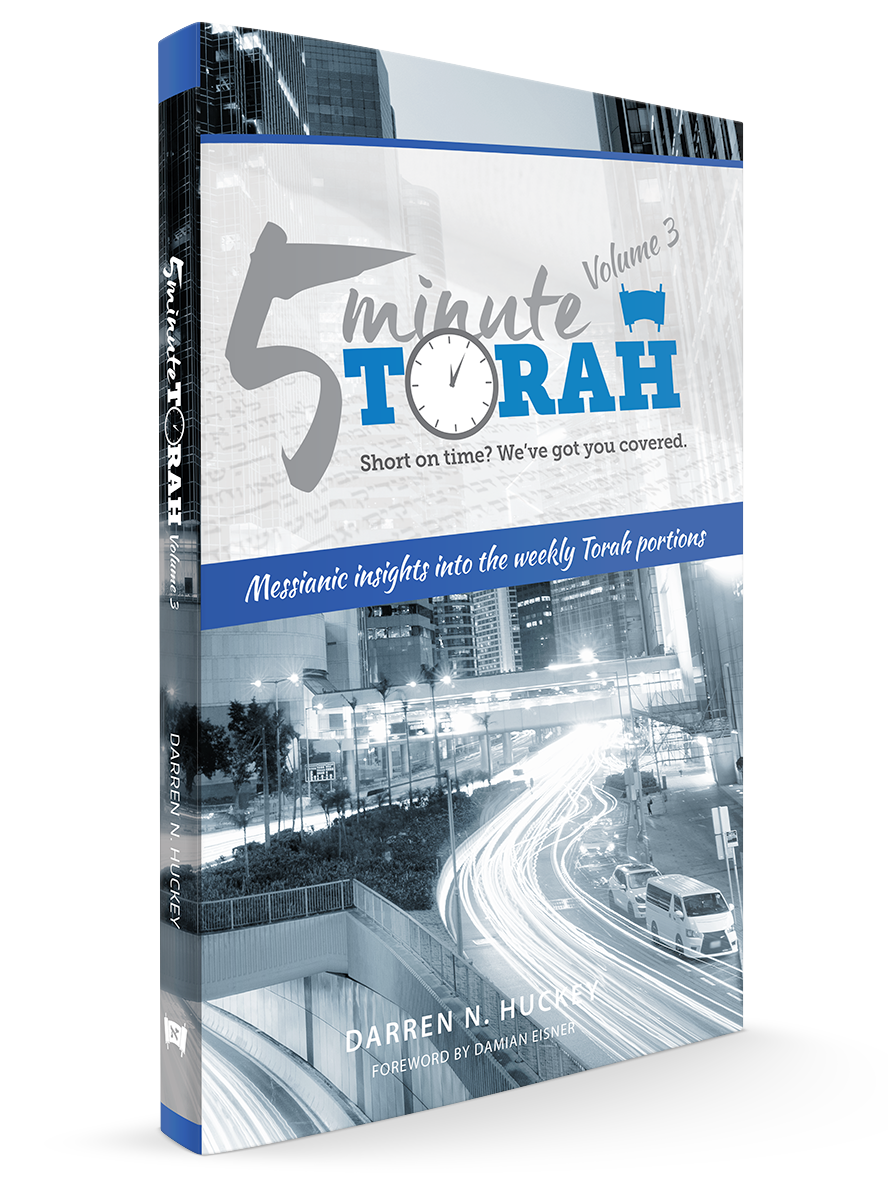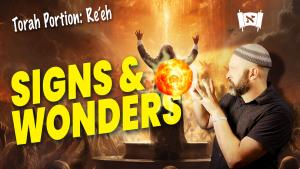The Eternal Life of Sarah
Series:
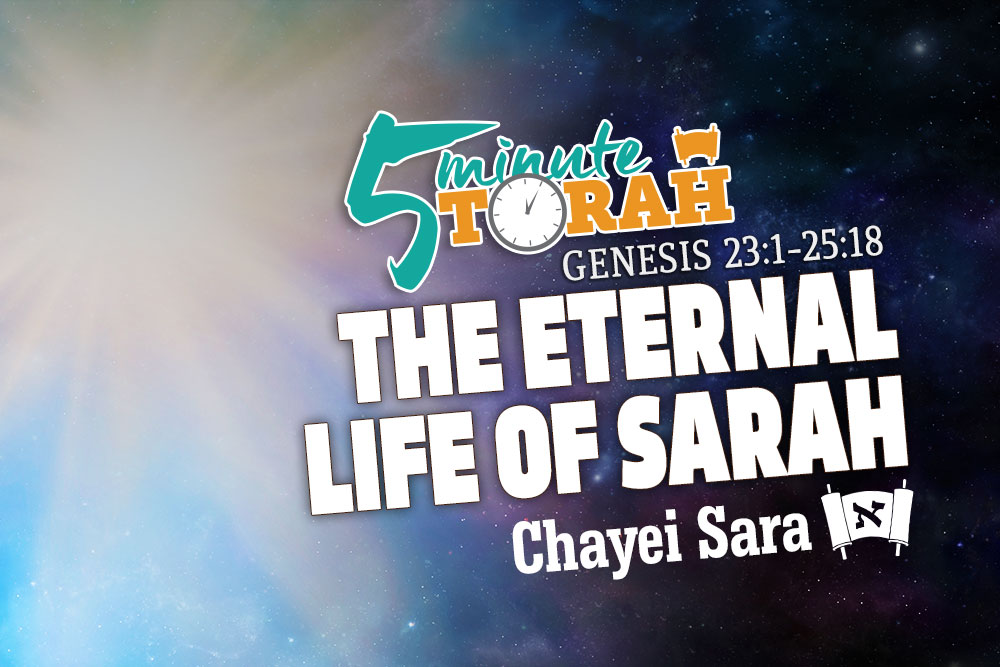
Parashat Chayei Sarah (Genesis 23:1-25:18)
This week’s Torah portion begins by giving us the lifespan of Sarah.
And these were the life of Sarah: one hundred years, twenty years and seven years; the years of the life of Sarah. (Genesis 23:1)
Since this portion is titled Chayei Sarah, “The Life of Sarah,” we would expect to read more about the life of Sarah. But the very next words we read are, “And Sarah died.” It’s not quite what we expect of our Torah portion.
Despite the fact that we begin our portion reading about the death of Sarah, we can still learn something about her life. Although our translations render the first verse so that it reads better in English, in Hebrew this verse contains an unusual repetition. The same phrase, chayei Sarah, is used two different times: first at the beginning of the verse, and again at the end. This seems redundant. Our sages teach us, however, that the Torah does not waste even a single letter, much less entire words. Therefore, the seemingly redundant expression, “the life of Sarah,” must offer us some insight into a deeper meaning of the text. But what is the Torah wanting to teach us through this?
Throughout the Tanach (the Hebrew Scriptures), the concept of life-after-death is not plainly mentioned. This principle is not explicitly mentioned until the Apostolic Scriptures. However, our sages and Apostles had a firm belief in this concept based on their understanding of the Tanach alone. How did they come up with such a strong conviction? Through a careful reading of passages such as these. This passage mentions the life of Sarah twice. Therefore, our sages deduced that the Torah speaks of Sarah’s life in this world and her life in the world to come. Although her life in this world had ended, she will one day be resurrected to experience life again. This is also attested to by the Hebrew Scriptures in that the word chai, life, is never used in the singular, but always in the plural.
During the first century, the Pharisees and the Sadducees debated the reality of resurrection. The Sadducees, maintaining a literal reading of the Tanach, rejected the notion of resurrection. The Pharisees, however, approached the Scriptures entirely differently and saw the resurrection in numerous passages. Knowing that Yeshua aligned himself doctrinally with the Pharisees, the Sadducees challenged him to provide proof for the resurrection. This was Yeshua’s response:
And as for the resurrection of the dead, have you not read what was said to you by God: “I am the God of Abraham, and the God of Isaac, and the God of Jacob”? He is not God of the dead, but of the living. (Matthew 22:31–32)
But his words were not the only evidence he gave. Yeshua eventually settled this debate conclusively with his own resurrection:
But in fact Christ has been raised from the dead, the firstfruits of those who have fallen asleep. For as by a man came death, by a man has come also the resurrection of the dead. (1 Corinthians 15:20–21)
Human beings were created with the capacity to move from one life to the next. Our life does not end once our physical bodies have ceased functioning. Sarah lived a full and meaningful life in this world. At the resurrection she will have life again. But she didn’t wait until the resurrection to start living fully. She lived out her years in service to her Creator. Have you begun living yet? If not, what are you waiting for? Life begins now.

